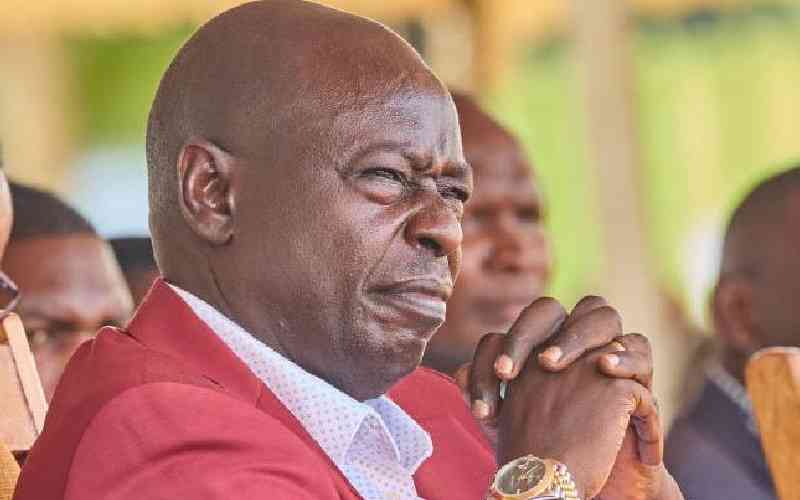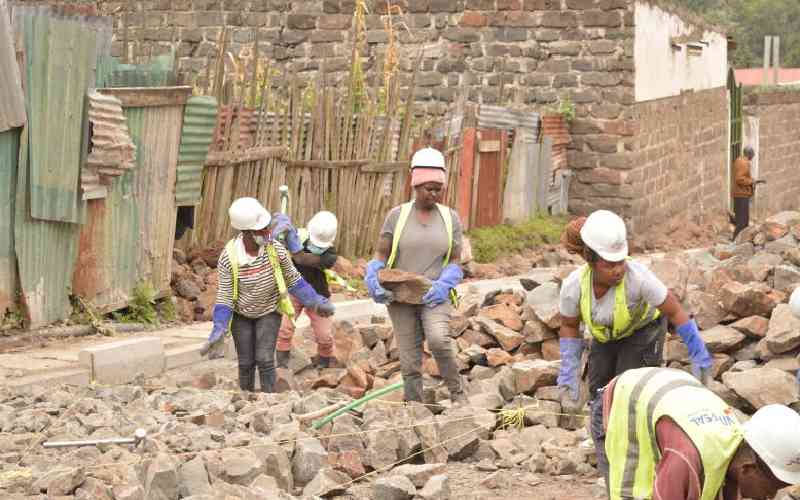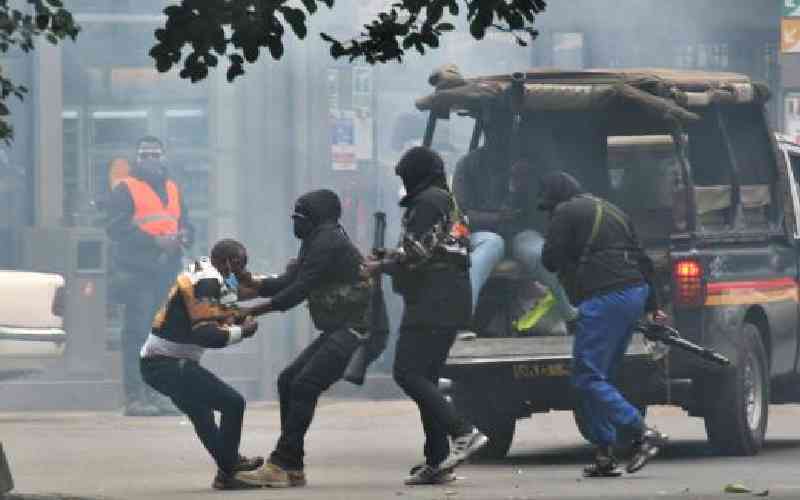By Jeckonia Otieno
Inside the stone building are artefacts and photos of old showing some of the early Christians in Kenya. ?Actually, many people mistake that the big Anglican Church building at Rabai is the first church; this, however, is not true because the very first church that Krapf built stands small in a corner, dwarfed by the main church building used for worship.
In the words of Chrispus Chondo the church is closely tied to the history of Dr Ludwig Krapf himself.
Krapf who was born in Germany to a peasant family, was a full protestant – the name used at the time to describe those who were seen to have rebelled from the Roman Catholic Church.
After his schooling, he joined Basil College in Switzerland after which he went back home only to go back again to Basil in 1835 to graduate.
In 1836, Krapf was employed by the Church Missionary Society (CMS) as a missionary and posted to Africa in 1837.
His first stop was in Abyssinia (present day Ethiopia) where he did his missionary work but encountered a lot of opposition from the French Catholic missionaries and Ethiopian Orthodox Church.
In 1838, Krapf thought of venturing into the east coast of Africa but first went into Egypt where he met his wife. The wife, however, passed on in Egypt and was buried beside a road.
In 1843, saw Krapf set sail for East Africa from Egypt and stopped at Takaunga in December 1843. He not only wanted to convert the Wagalla to Christianity but also to establish if slave trade was still going on.
Krapf arrived in Mombasa in 1844 and met Ali Bin Nasri, the Swahili representative of the Sultan of Zanzibar. He wanted to get permission to spread the Christian faith but he was advised to go and see Sultan Seyyid Said himself for such permission.
Permission granted
He went to Zanzibar and met Said who granted permission to evangelise in the interior. When he came back, he stayed at Old Town in Mombasa, at Leven House.
Krapf’s second wife died at Leven House and their child also died. They were both buried at Mkomani.
In August 1844, Krapf left Mombasa on a small boat and passed through Tudor Creek all the way to the mainland where he met Kaya elders.
The 12 elders led by Jindwa Mwanesa welcomed him to Rabai because an earlier prophesy by a local seer had informed the people that white people would come but they should not be afraid because ‘they are just people like you’.
Stay informed. Subscribe to our newsletter
The welcome for Krapf was at Mzi Mpya and he learnt the Rabai language, which was not so distant from Kiswahili, which he had earlier learnt.
Johann Rebmann was sent to join Krapf in 1846 and he was received by Krapf who that very year asked for permission to build a church. But the elders declined because it would desecrate the community shrine.
Built church
He was, however, given an option to move from the Kaya to Bengo in Rabai. Krapf bought 91 acres of land by paying a cow and a calf. The cow was slaughtered and its skin used to measure the present-day church compound.
The building of the church then began in late 1846 through to 1847; Krapf himself conducted the first sermon in the church in 1846.
People would come to pray but would not hear anything about converting to Christianity because of the reverence they had for the traditional Rabai religion.
The call for them to convert would make them literally disappear from church.
Between 1848 and 1851, Krapf managed to get only one convert who was a crippled, sickly man called Mringi. Not long after being converted, Mringi died and Christianity was back to zero with no tangible results for years.
John Rebmann was the first to venture into the interior and went as far as Kilimanjaro, a time, which Krapf built his residential house, which stands derelict to this day.
In the same house, Krapf built an upper house, which served as the church office. When Rebmann came back, he also built his house, which was more of a classroom.
Krapf ventured as far as Usambara in northeastern Tanzania and on coming back, he introduced formal education.
When Krapf went back to Europe, he left an able Rebmann who took to the task of evangelization and built the current church between 1883 and 1887; this was 35 years after the first church had been built.
 The Standard Group Plc is a
multi-media organization with investments in media platforms spanning newspaper
print operations, television, radio broadcasting, digital and online services. The
Standard Group is recognized as a leading multi-media house in Kenya with a key
influence in matters of national and international interest.
The Standard Group Plc is a
multi-media organization with investments in media platforms spanning newspaper
print operations, television, radio broadcasting, digital and online services. The
Standard Group is recognized as a leading multi-media house in Kenya with a key
influence in matters of national and international interest.
 The Standard Group Plc is a
multi-media organization with investments in media platforms spanning newspaper
print operations, television, radio broadcasting, digital and online services. The
Standard Group is recognized as a leading multi-media house in Kenya with a key
influence in matters of national and international interest.
The Standard Group Plc is a
multi-media organization with investments in media platforms spanning newspaper
print operations, television, radio broadcasting, digital and online services. The
Standard Group is recognized as a leading multi-media house in Kenya with a key
influence in matters of national and international interest.









